Sale of Iranian red saffron by Spanish matadors
Unfortunately, the export of more than 90% of the country’s saffron in bulk and at low prices to Spain has dealt a serious blow to the economy of this region.
It is safe to say that the lack of quality and stylish packaging for saffron exports is one of the reasons for the lack of success in the field of export of this product.
These problems have caused brokers and intermediaries to take advantage of the critical situation of saffron growers and buy saffron in bulk from farmers and export it to other countries in the same way and at very low prices.
In recent years, the decrease in rainfall and water resources in the southern regions of Khorasan, including the city of Kashmar, has caused farmers in these regions to cultivate saffron more than other crops. Although in many of these areas, the income from the sale of saffron plays a key role in providing livelihood for the people of the region, but the growing popularity of farmers in this profitable product that is not limited to Khorasan province, in addition to exports, has other risks that lack attention Expertise in production management, trade and agricultural conversion industries can turn the development opportunities of this product into a serious challenge.
In this regard, one of the exporters of saffron in Kashmar said that the lack of proper packaging and favored by different countries is a factor in preventing Iran from entering world markets.
Qadir Ramezani lamented that we have not yet been able to have proper packaging based on the needs of the opposite markets, saying: Iran has so far acted very poorly in packaging saffron.
He said that a gram of saffron in Iran costs 1.5 euros, which is the same amount of saffron sold in European stores up to 11 euros, and it depends on the packaging, he added: What has hit Iranian saffron right now is quality. Which is not taken into account.
Ramezani continued to consider price fluctuations as another issue that has hit this valuable product and said that those who have some saffron can sell or buy it whenever they want, adding: These people disturb the market situation.
He went on to point out that 95% of the world’s saffron is produced in Iran, saying: If people are careful in collecting and cleaning saffron, the quality is good in terms of color.
Regarding the counterfeit saffron in the market, the saffron exporter said: There are some brokers who buy flowers and buy chemicals, which has hit Kashmar saffron hard.
Ramezani, stating that there is a lot of counterfeit Indian saffron in Dubai markets but has not yet entered the Iranian market, regarding the smuggling of saffron onions to Afghanistan, said: A few years ago, some saffron onions were taken to China and Afghanistan but did not respond.
Announcing that Afghanistan can not catch up with Iran in the production of saffron, he said that 97% of Iran’s saffron is of good quality and added that Spain buys Iranian saffron and exports it in its own name because the production of this product is cost-effective for them. is not.
Ramezani considered the sale of raw saffron as one of the most important problems in the Iranian saffron industry and production and added: Due to the lack of proper processing and packaging industries in saffron-rich areas such as Kashmar and Torbat-e Heydarieh, it causes many losses to farmers every year.
He named Irene saffron as the best, highest quality and most fragrant saffron in the world and said: By solving packaging problems, we can enter the field of competition in global markets.
Lack of proper packaging and money that goes to other people’s pockets.
The director of Jihad Keshavarzi of Kashmar city believes in this regard; Due to the lack of formal packaging and its bulk, the added value of exports goes to the pockets of countries other than Iran.
Abolghasem Mousavi, stating that most of the saffron production is in Khorasan Razavi, said: Those who try to fill saffron should observe hygienic points because the presence of a small percentage of impurities will affect the quality of saffron.
He pointed out that 98% of the world’s saffron is produced in Iran and 180 tons of saffron produced in the country is produced in Greater Khorasan, he continued: Export is more important than production because the annual production of Spanish saffron is one ton but is the world’s largest exporter.
Mousavi stated that countries such as Afghanistan and China are trying to export Iranian-made saffron in their own name and gain a place for themselves in the world in the name of Iranian saffron, adding: We should try to produce and package good quality products so that other countries can not. Shake our place in the world.
Pointing out that the sale of saffron in bulk is unscientific and incorrect, he stressed the need to form a union for saffron growers to monitor the entry of this product into the market. They do it to make more profit.
Mousavi stated that bulk exports cause the added value of the product to go to the pockets of other countries such as Spain and Dubai, instead of going to the pockets of our country’s farmers and exporters. He said: At that time, farmers and producers have to produce quality saffron.
Emphasizing that a national determination is needed to organize saffron, he continued: Our task is only to plan for organizing, and if this organization is done at the provincial level, it will be possible at the national level as well.
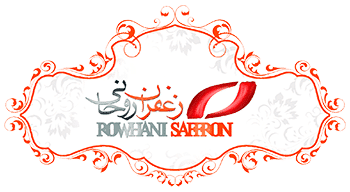
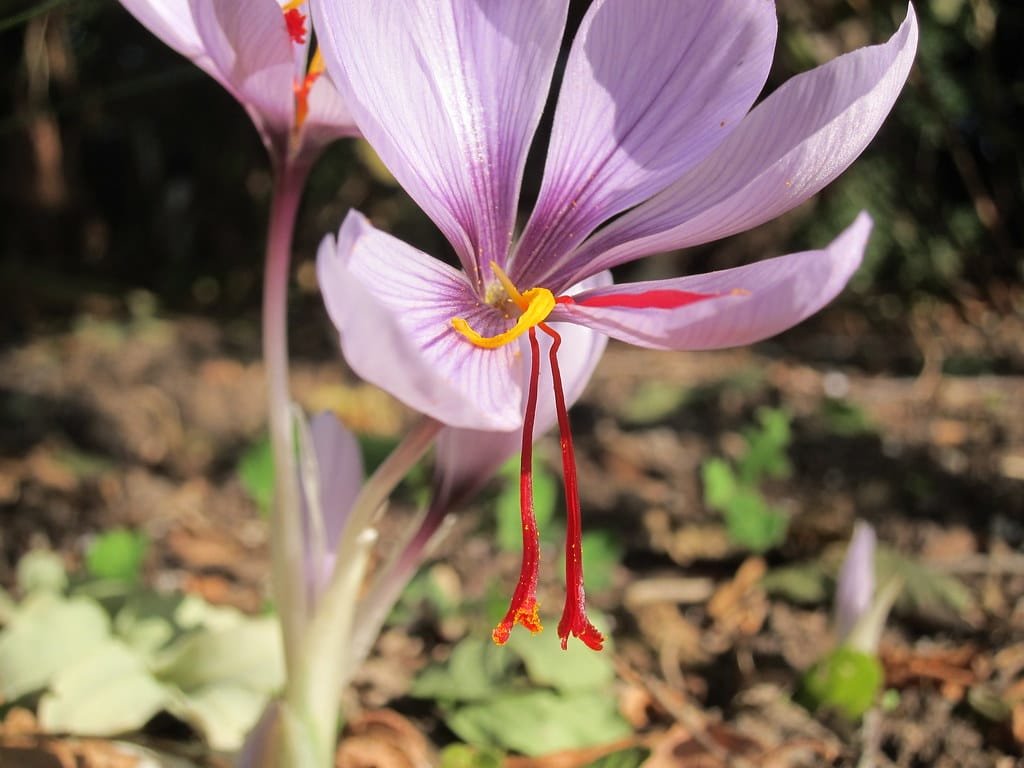
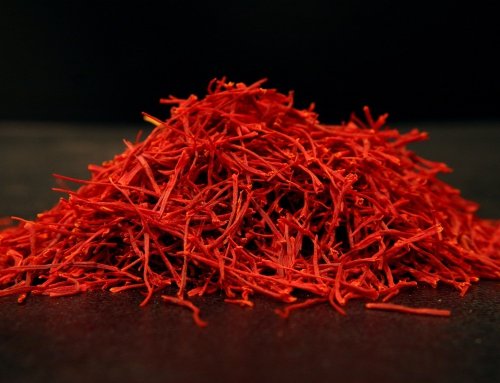
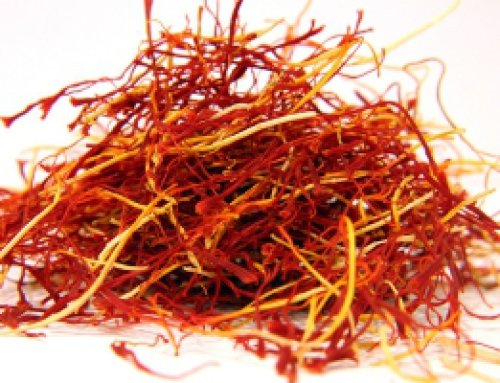
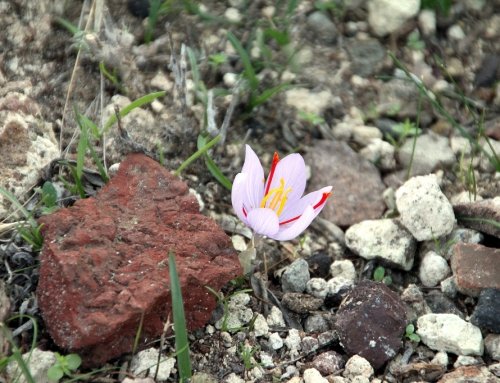
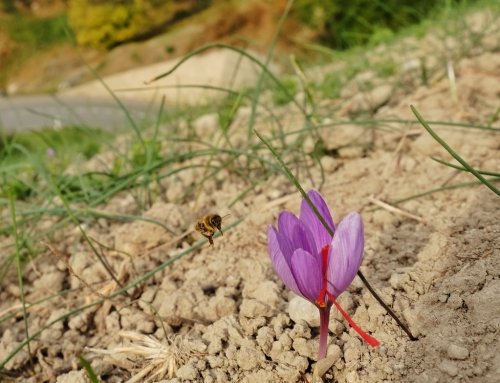

Get Social